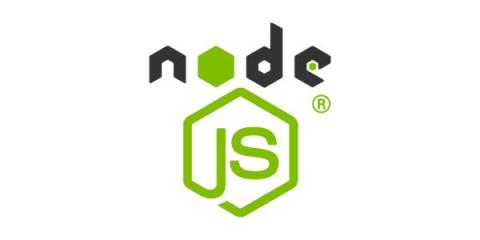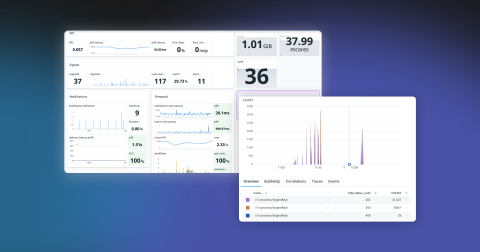Schedule Cron Jobs in Node.js with Node-Cron
Cron jobs are tasks set to run by themselves at certain times or intervals. They help with doing repetitive tasks automatically, like backing up data, sending emails, and updating systems. In Node.js, cron jobs can make tasks in applications run by themselves, making things more efficient and reliable. Node.js gives a good way to set these tasks through different libraries and tools.











